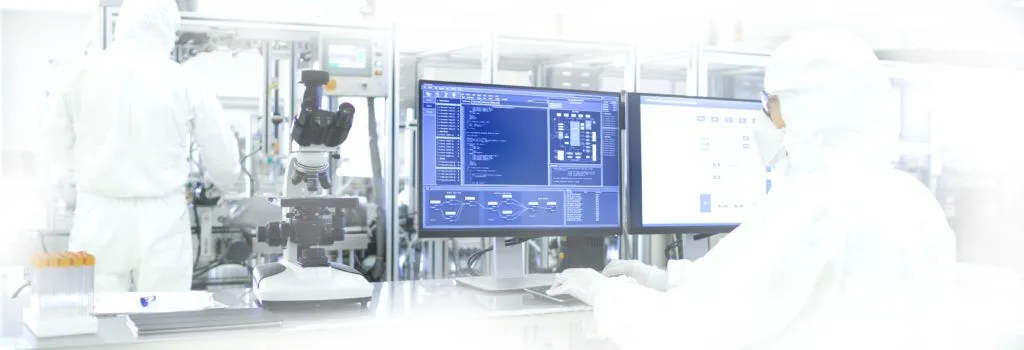Contact Us
- Solutions
- Resources
- About
- Contact Us
close
Optional callout banner for highlighted news or events
Learn More
Drug repurposing became a topic of conversation this past year when existing therapeutics like the anti-malaria drug chloroquine/hydroxychloroquine and remdesivir, initially developed to treat hepatitis C were both repurposed to treat SARS-CoV-2. In fact, more than 150 drugs that are presently being used or evaluated to treat coronavirus are indeed repositioned.1
Drug repurposing is the process of identifying new therapeutic use(s) for old/existing/available drugs. It is an effective strategy in discovering or developing drug molecules with new pharmacological/therapeutic indications.
The market for repurposed drugs was valued at $24.4 billion in 20152 and is expected to reach $35 billion by 20273. Additionally, the market generates around 25% of the annual revenue for the pharmaceutical industry.2 In addition to financial incentives, the rising popularity of repurposing can be attributed to other main benefits:

Pharma is also evaluating whether drugs approved for one indication have potential to treat patients in a different therapeutic area. For instance, Novartis’ Arzerra (ofatumumab) is a monoclonal antibody to treat chronic lymphocytic leukemia, but clinical studies are underway to determine its effectiveness to treat adults with relapsing forms of multiple sclerosis.4
Drug repurposing has been a common approach in Alzheimer’s drug therapies. Of the repurposed drugs in the Alzheimer’s pipeline, 20% are hematologic-oncologic agents, 18% are drugs derived from cardiovascular indications, 14% are agents with psychiatric uses, 12% are drugs used to treat diabetes, 10% are neurologic agents, and the remaining 26% of drugs fall under other conditions.5

About one-third of the new drug Food & Drug Administration (FDA) approvals are repurposed drugs. Of the 28 drugs approved by the FDA in the first quarter of 2020, twelve were repurposed.1 According to the National Center for Advancing Translational Sciences (NCATS), repurposing builds upon previous research and development efforts, so new candidate therapies could be ready for clinical trials quickly, speeding their review by the FDA and integration into health care. NCATS offers financial support by way of research grants for drug repurposing and has dedicated resources for drug repositioning efforts.
A common step in repurposing is to screen libraries of already approved compounds against a disease-specific biological assay. From such screens, researchers can select a subset of bioactive compounds for further interrogation in secondary and tertiary assays evaluating relevant aspects of disease biology and molecular pathophysiology.
Drug candidates for repurposing may have the advantage of being submitted through a 505(b)(2). This pathway allows for the registration of a drug for which at least one of the studies relied upon for approval was not conducted by the applicant. Thus, applicants can partially rely on published literature and the FDA’s previous findings regarding safety of an approved product to supplement their data. Accordingly, fewer supporting studies are required, resulting in shorter timelines and reduced costs. Furthermore, to achieve the 505(b)(2) approval, drug developers must identify a unique administration route, or disease indication, for their repurposed drug compared with the primary route and indication.6

Recall the frustration voiced by drug developers about having the same discussion with several people from the same CDMO over a period of weeks. Why not assemble all the people involved in these initial conversations in a single meeting? Without constraints, this meeting could get bigger than needed and become unwieldy. However, with some well-defined outcomes, attendance can be efficiently right sized.
Drug sponsors find great value in a quick response from the CDMO on whether they can take-on their project or not. However, too quick a response without adequate knowledge of the project is not good either.
We’ve discovered that focusing the first meeting on CDMO capabilities and capacity, or timing, leads to the best outcome at this stage. To do this, CDMO attendees should include a scientific expert with a comprehensive understanding of the CDMO’s capabilities, a technical project manager with adequate situational awareness of all current and planned CDMO projects, and a business development representative to serve as facilitator.
We are reluctant to direct who should attend from the drug developer organization, but at a minimum, they should be able to speak about the services they need, dosage form specifics, method of delivery, specific stage(s) of development they are in, and in need of support, and timing requirements.
Other ways to facilitate the ACT meeting is by establishing a confidential disclosure agreement (CDA) in advance of the meeting so that the drug developer can complete a project questionnaire or present an RFP to capture critical project information after this initial meeting.
The process of drug repurposing does encounter scientific, financial, and regulatory challenges, including dosing and dosing regimen along with questions around efficacy with a new patient population. Working with a consultant or contract development and manufacturing organization (CDMO) with experience and expertise in developing an already approved drug for a new purpose can help overcome those challenges, streamline the process to advance a repurposed drug to market, and work to achieve strategic success.
In the last decade, the number of service providers that support drug developers in repurposing efforts has grown. As a result, outsourcing activity related to drug repurposing is anticipated to grow at a rate of 20-25%, reaching $1.2 billion in 2030.1 Look for contractors that can offer both active pharmaceutical ingredient (API) synthesis services and the ability to formulate those APIs into finished drugs. There is no question that the CDMO plays a significant role in drug repurposing and supporting the pharmaceutical industry in taking drugs to market approval.
Like what you read? Share with your network: